Introduction to Chess
Chess, one of the oldest and most popular board games in the world, boasts a rich history that extends back over nearly 1500 years. Originating in the 6th century AD, chess has evolved through various cultures and continents, mutating subtly with each era. Understanding the beginnings and early developments of chess not only illuminates the game's inherent complexities but also reflects cultural exchanges throughout human history.
The Birth of Chess in India
Chess is believed to have originated in India during the Gupta Empire, around the 6th century AD, where it was known as 'Chaturanga.' The name itself, meaning 'four divisions of the military'—infantry, cavalry, elephantry, and chariotry—reflects the game's simulation of a battlefield. In Chaturanga, just as in modern chess, the objective was to checkmate the opponent’s king.
Chaturanga's Spread to Persia
From India, the game spread to Persia where it became known as 'Chatrang,' and following the Islamic conquest of Persia in the 7th century, evolved into 'Shatranj.' The Persian variant was similar to Chaturanga but with minor changes to piece movements and game terms. The Persians also introduced the terms shah (king), shah mat (the king is helpless—checkmate), which have prevailed in various forms throughout subsequent generations of the game.
Adaptations and Evolution
With the expansion of the Islamic empire, chess moved both westward into Europe and eastward into the Mongol Empire of Central Asia. By the 10th century, it had reached both the Byzantine Empire and Russia.
The European Transformation
Chess underwent significant transformations as it was absorbed into European culture. By the 15th century, the modern chessboard with alternating light and dark squares had become standard, aiding strategic planning and enhancing the game's visual appeal. Moreover, the introduction of the queen and bishop in their current forms dramatically increased the game's pace and strategic potentials, giving birth to the game as we recognize it today.
Early Documentation and Literature
One of the oldest known books about chess, Libro de los juegos, was commissioned by King Alfonso X of Castile in the 13th century and includes not only rules about how the game was played during that era but also discussions on chess problems and strategies. This and other medieval texts were instrumental in standardizing chess rules across different regions, fostering a uniform gaming experience.
Conclusion: A Game of World Heritage
From its inception in India to its evolution into the modern game loved worldwide, chess has mirrored the historical changes of massive empires and cultural cross-pollinations. It has acted as a bridge between worlds, combining elements of war, art, science, and intellect. As we continue to play, study, and innovate the game of chess, we are participating in an ancient, ongoing tradition that enhances strategic thinking and cultural appreciation in society.
Explore our large collection of luxurious chess sets!


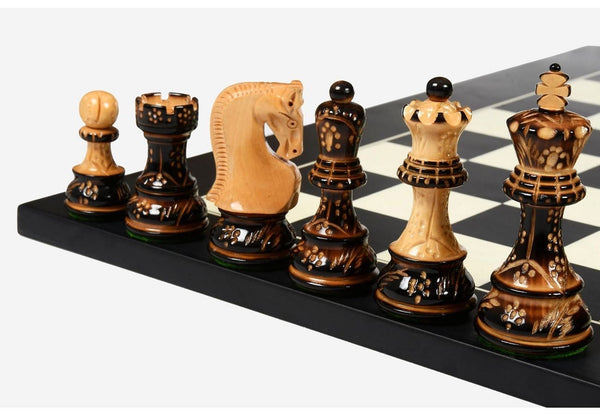
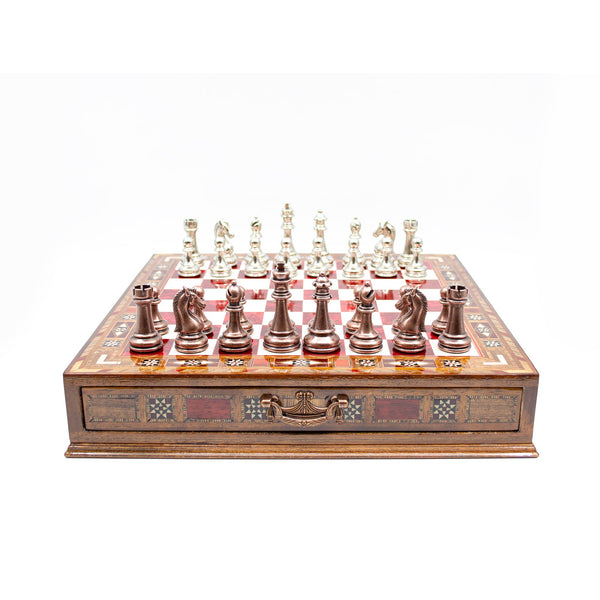
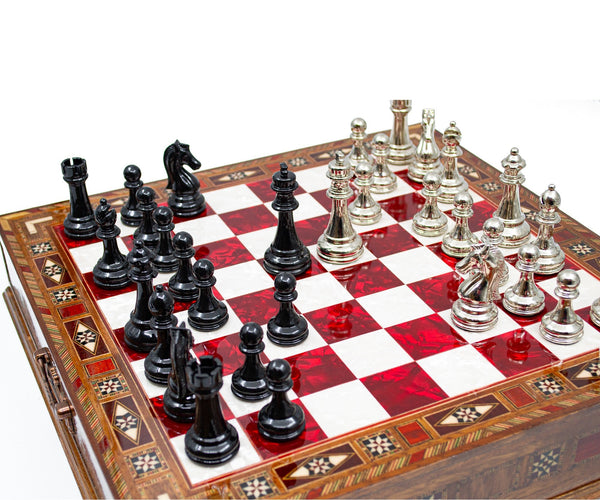
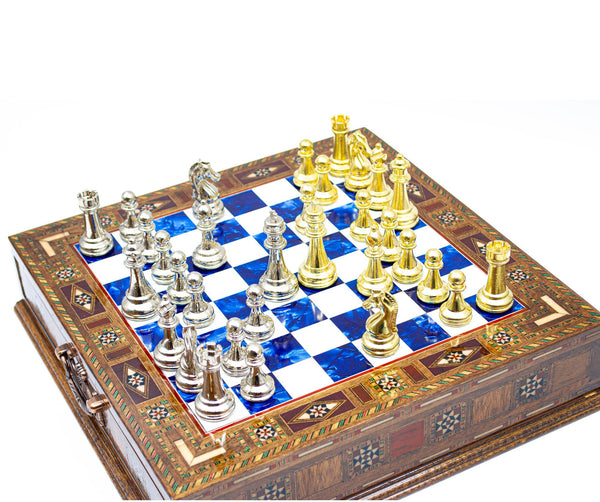
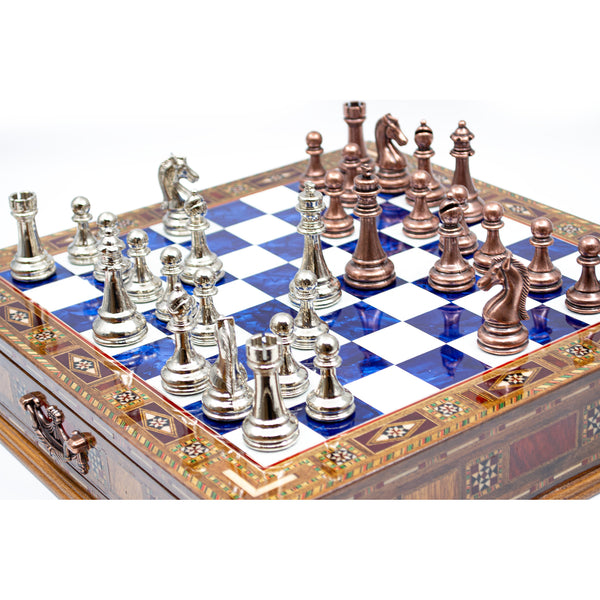
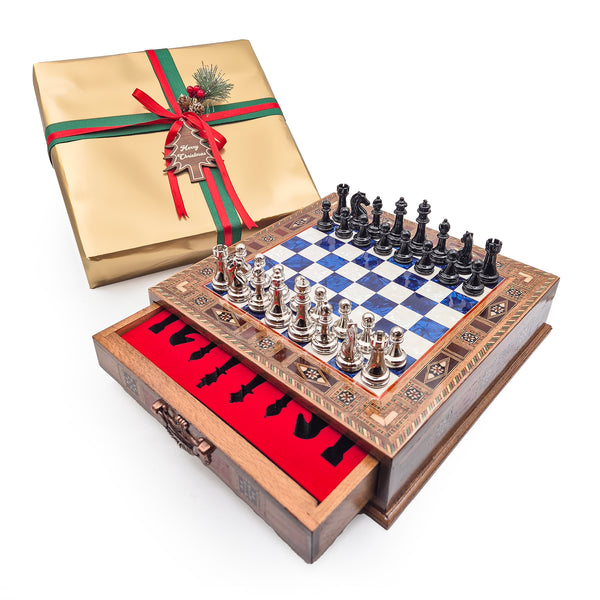







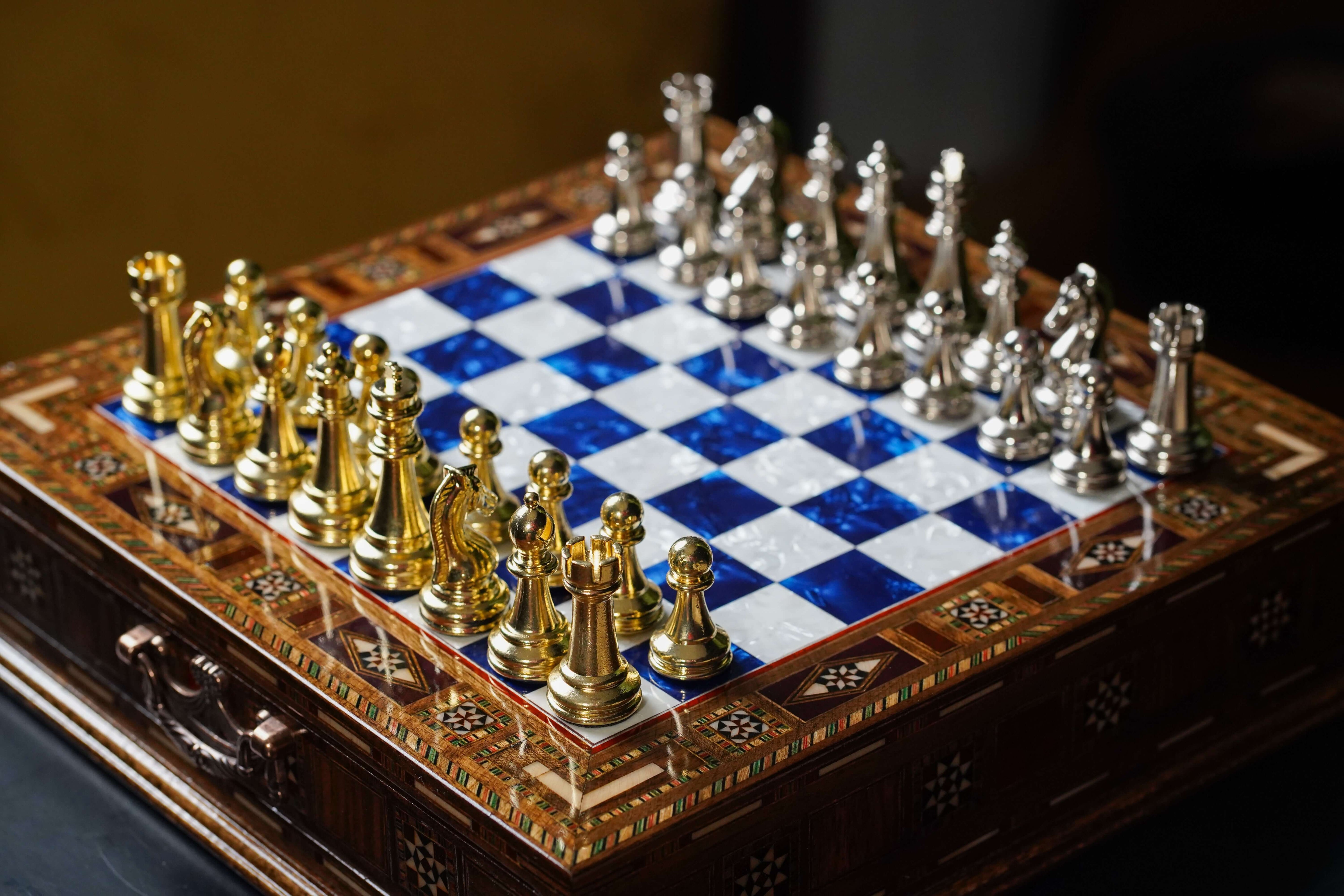
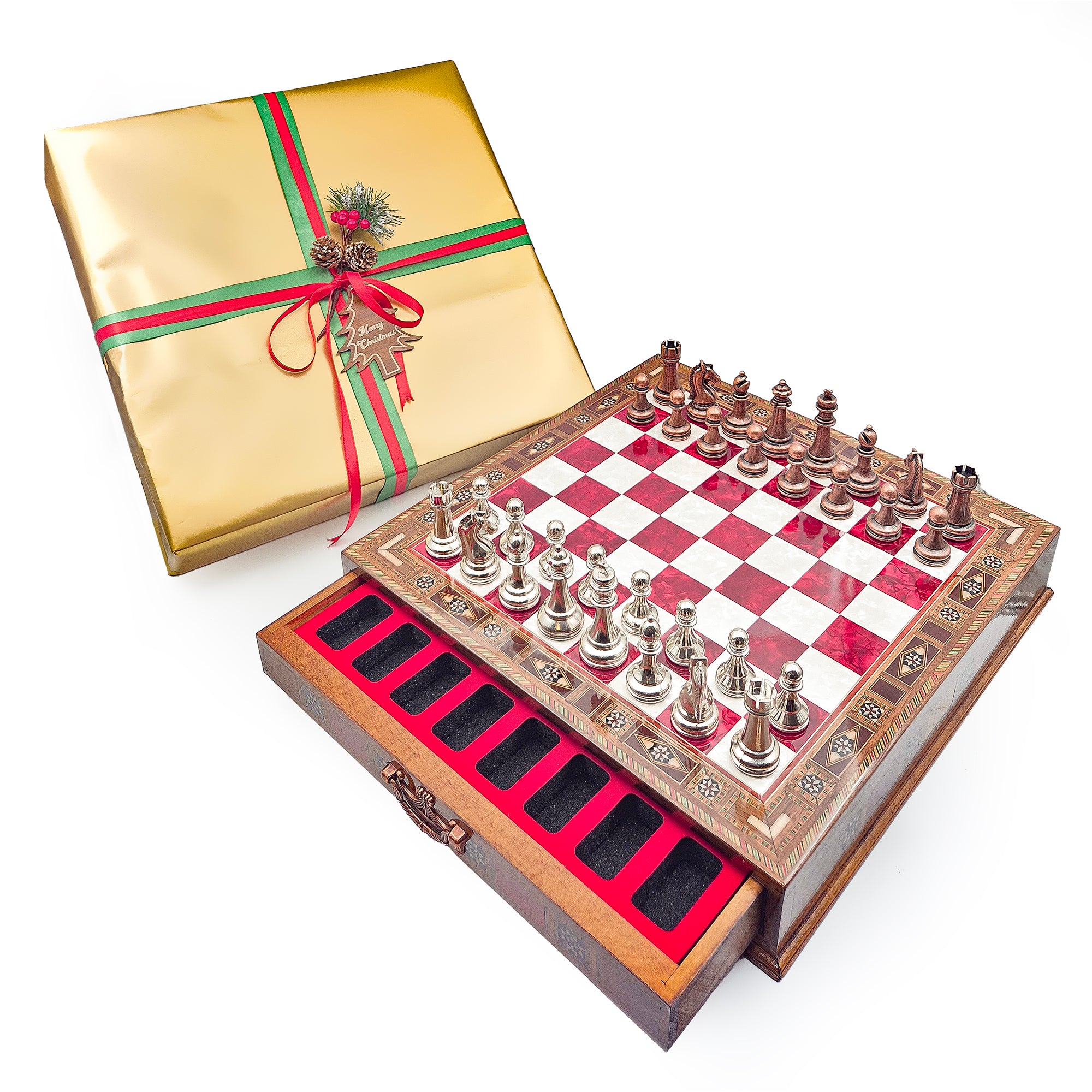
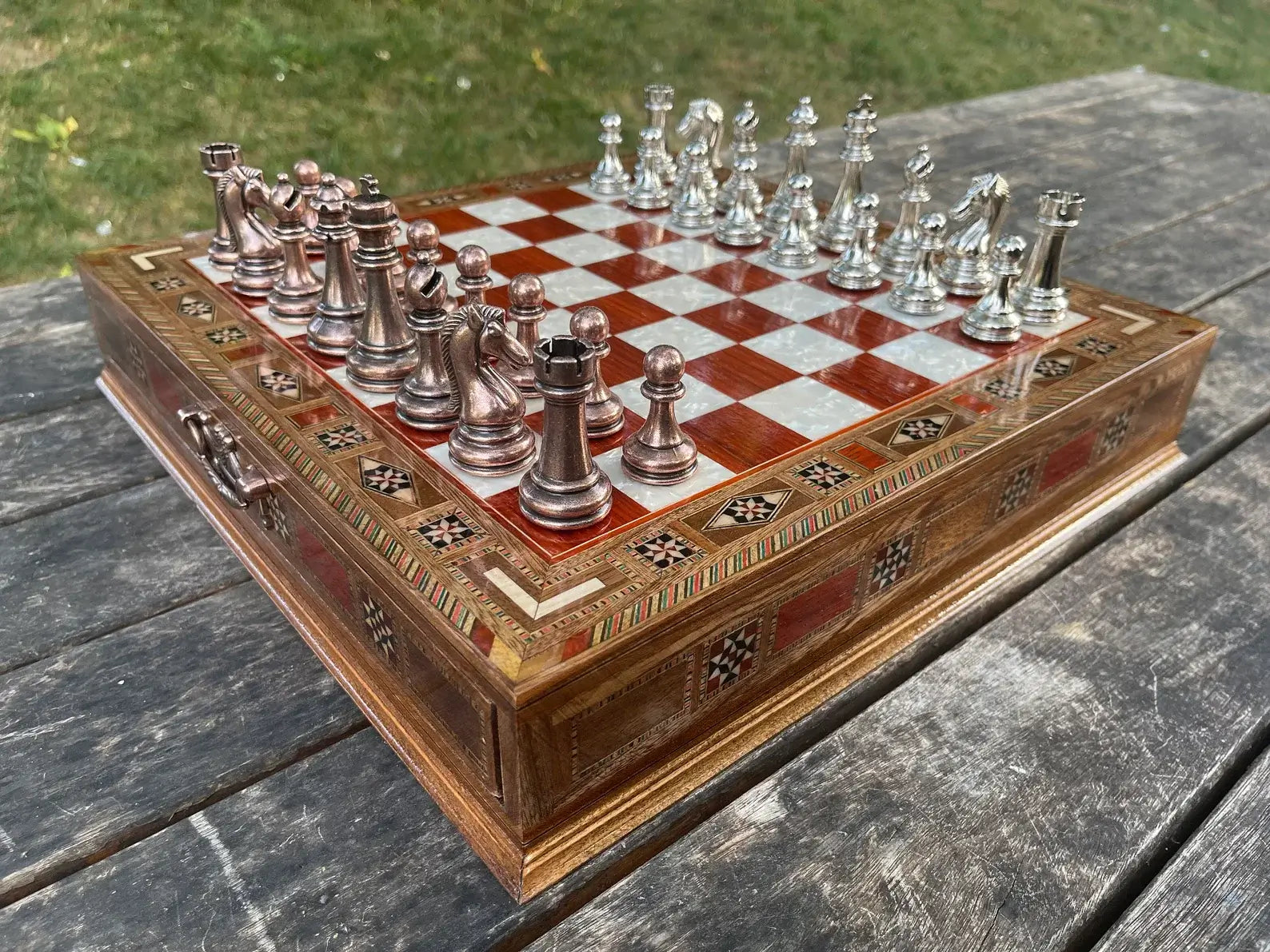
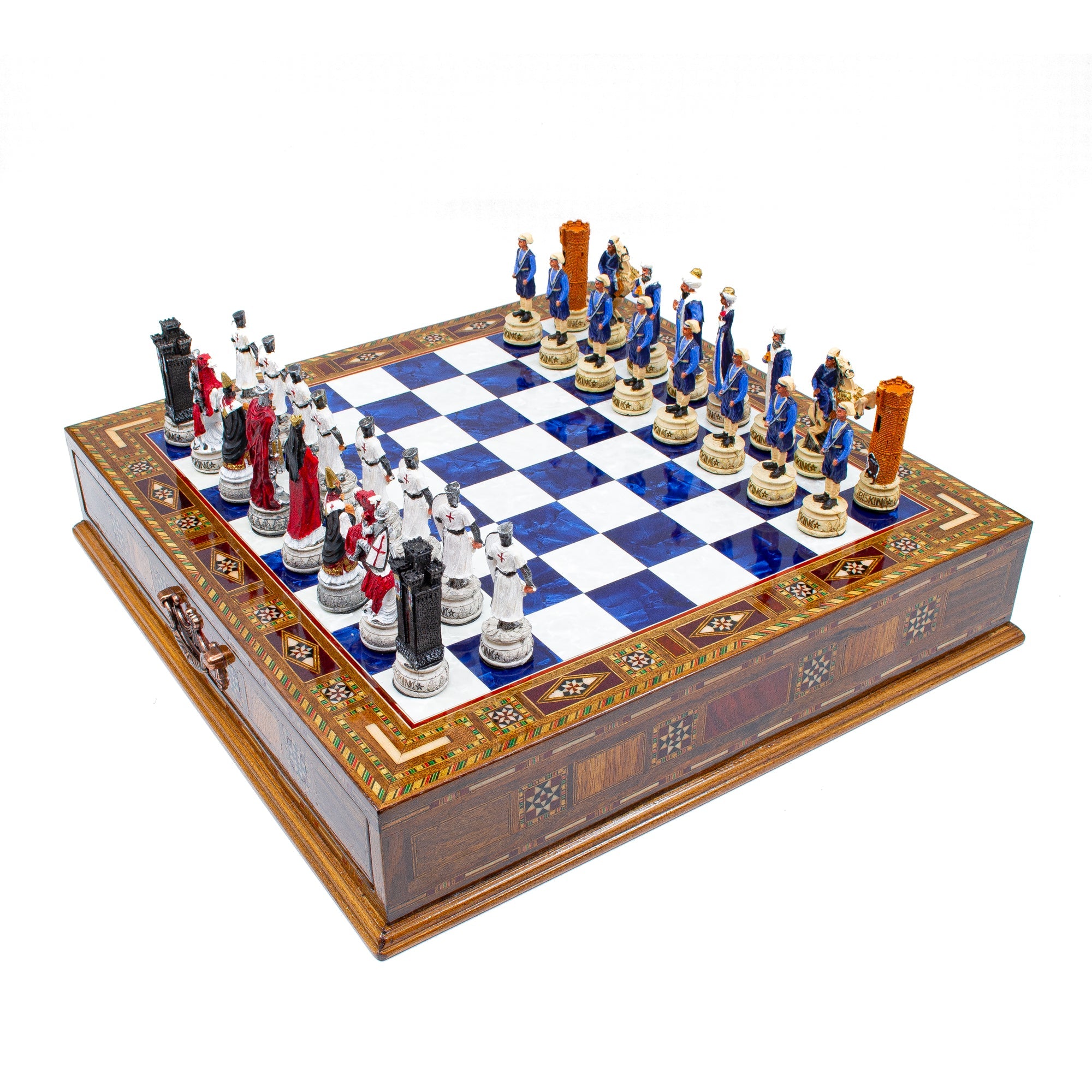
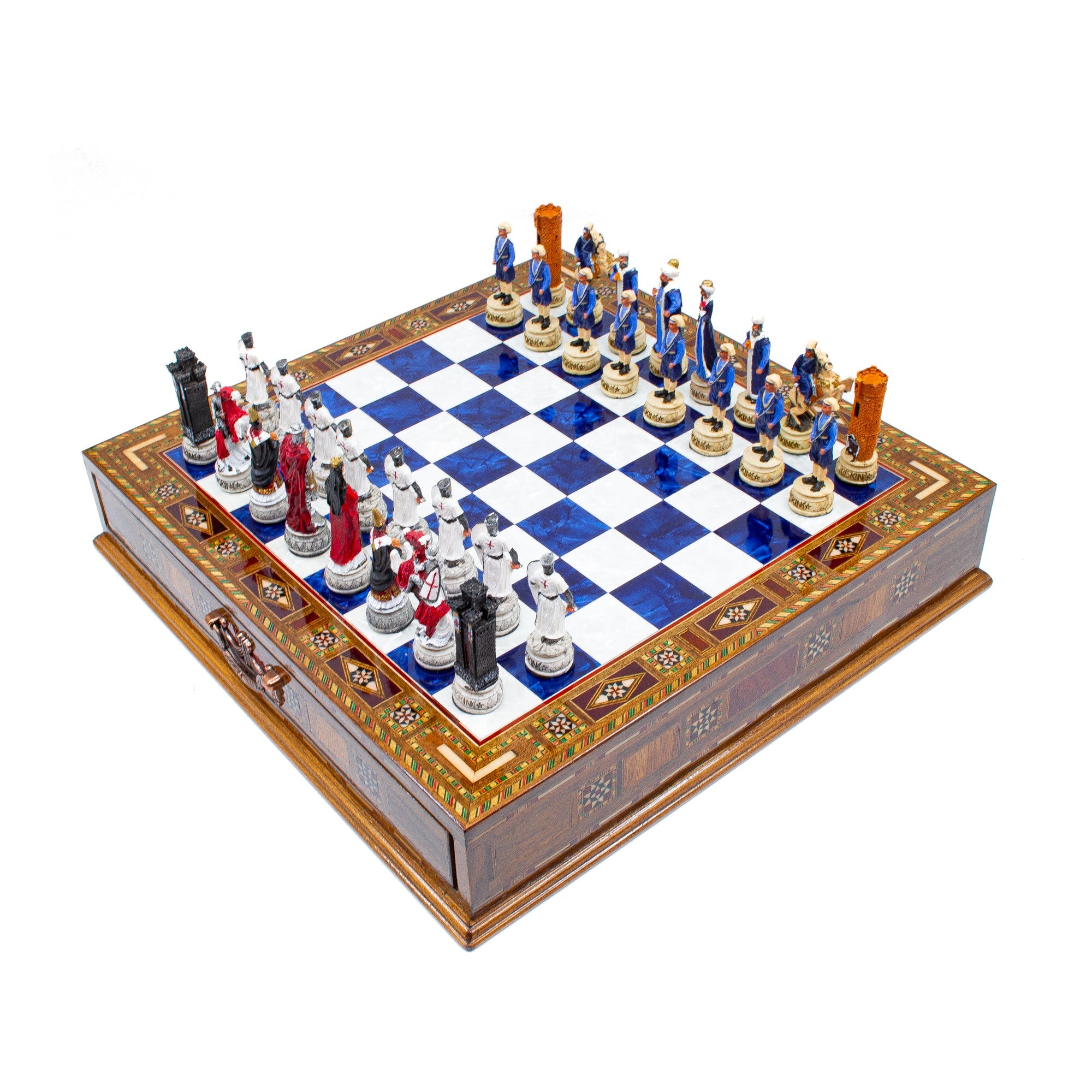
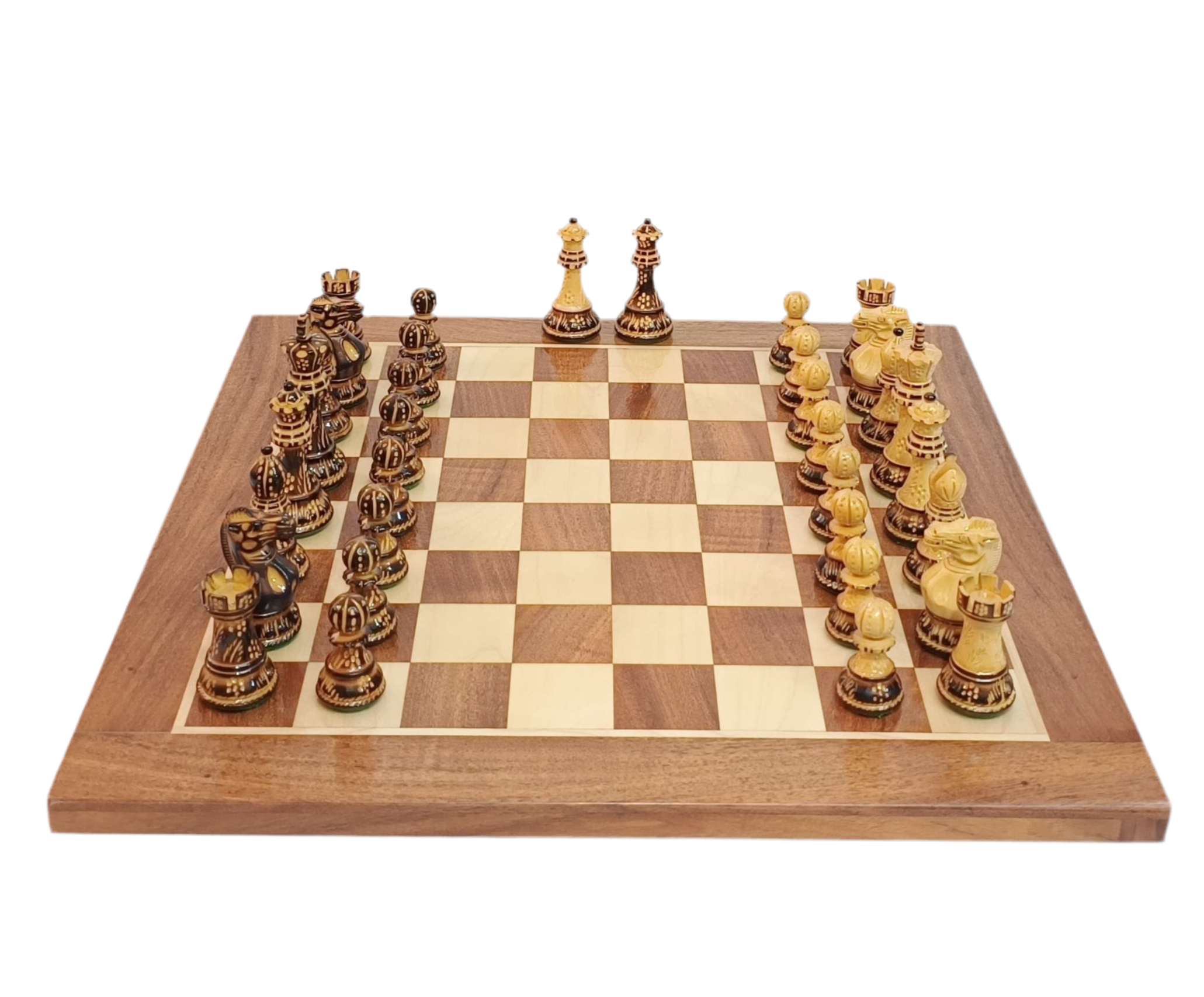
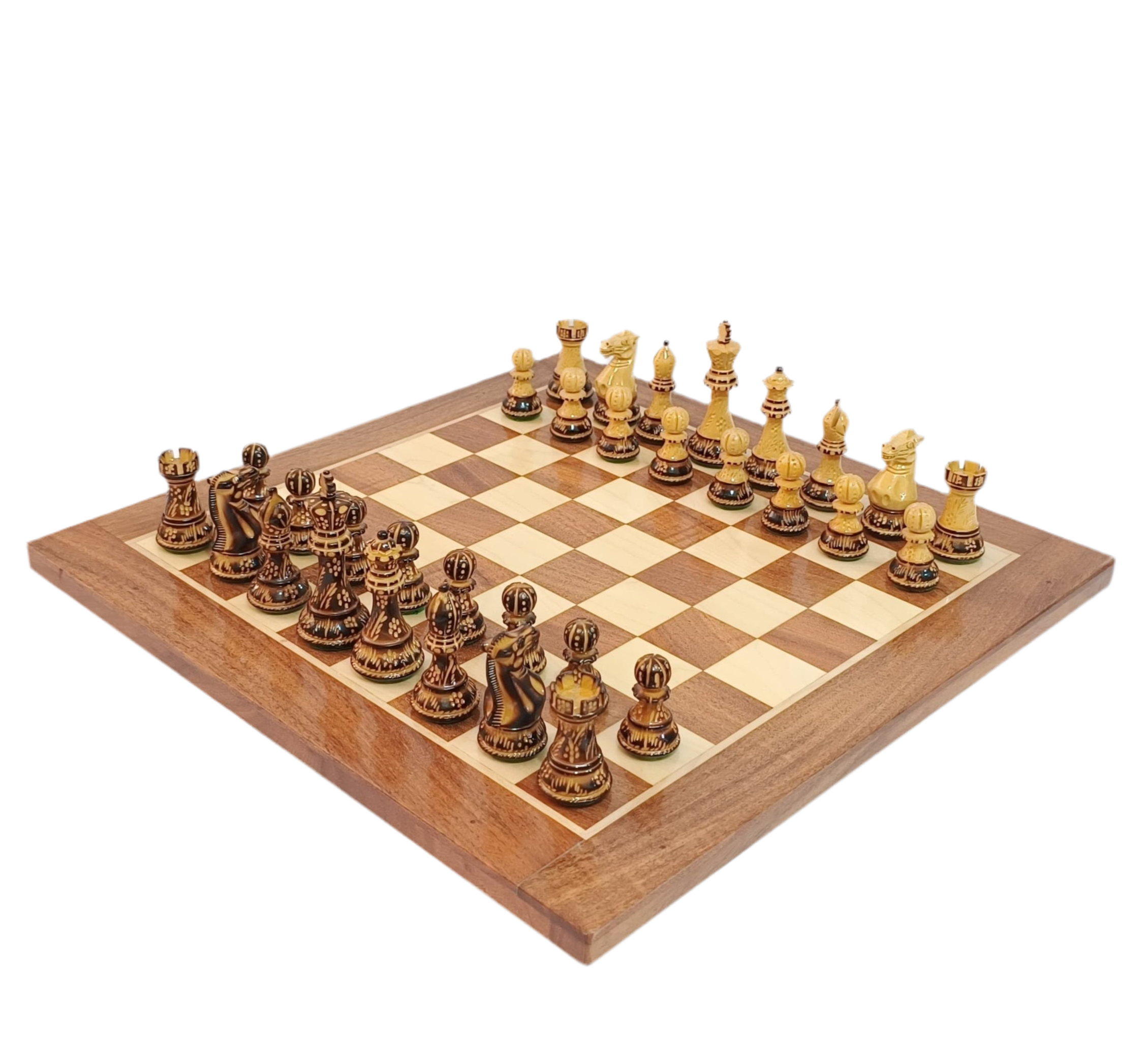
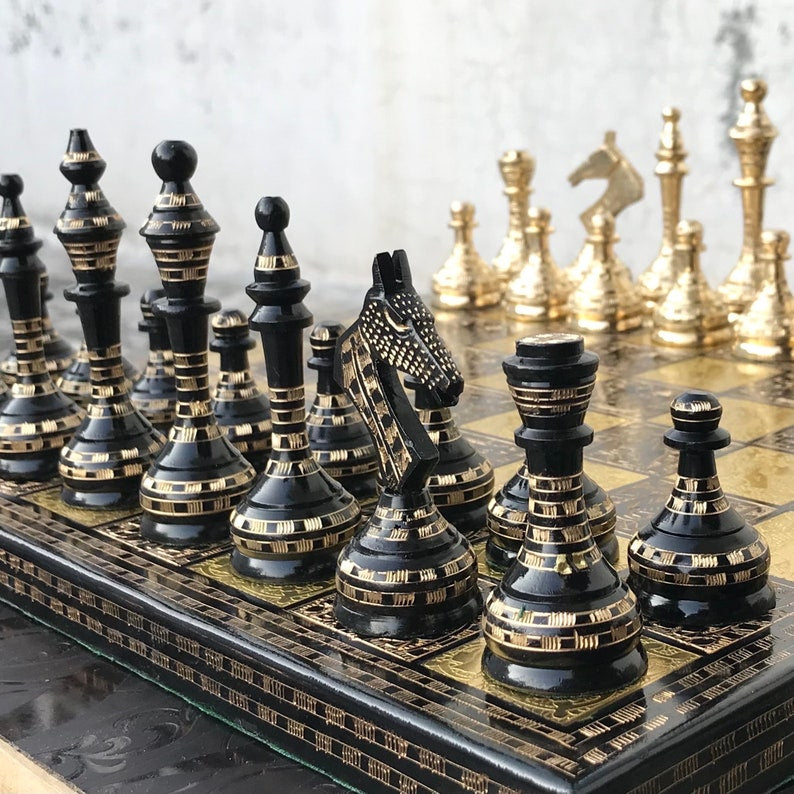
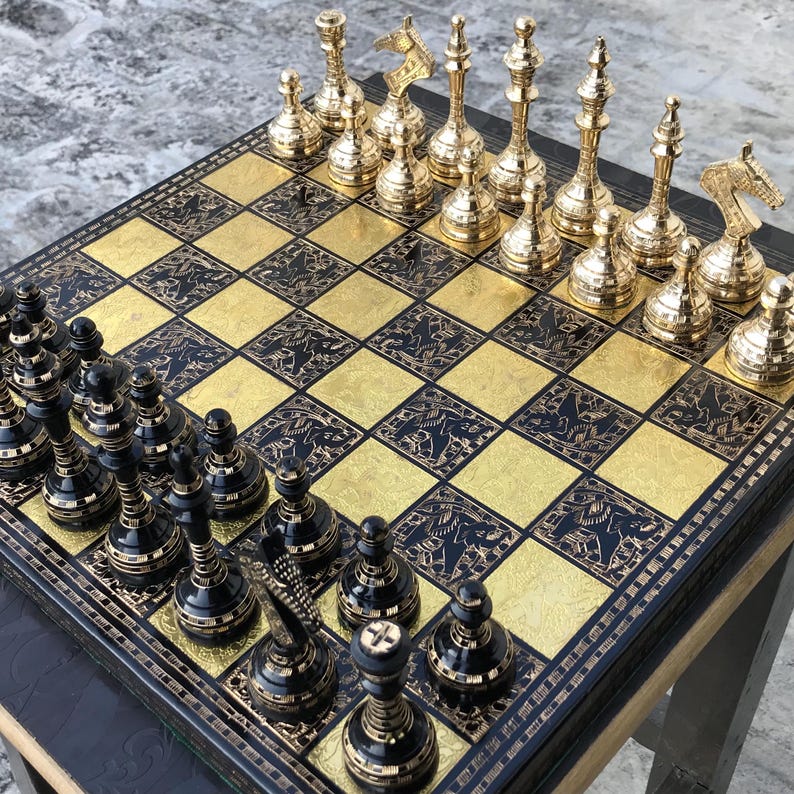
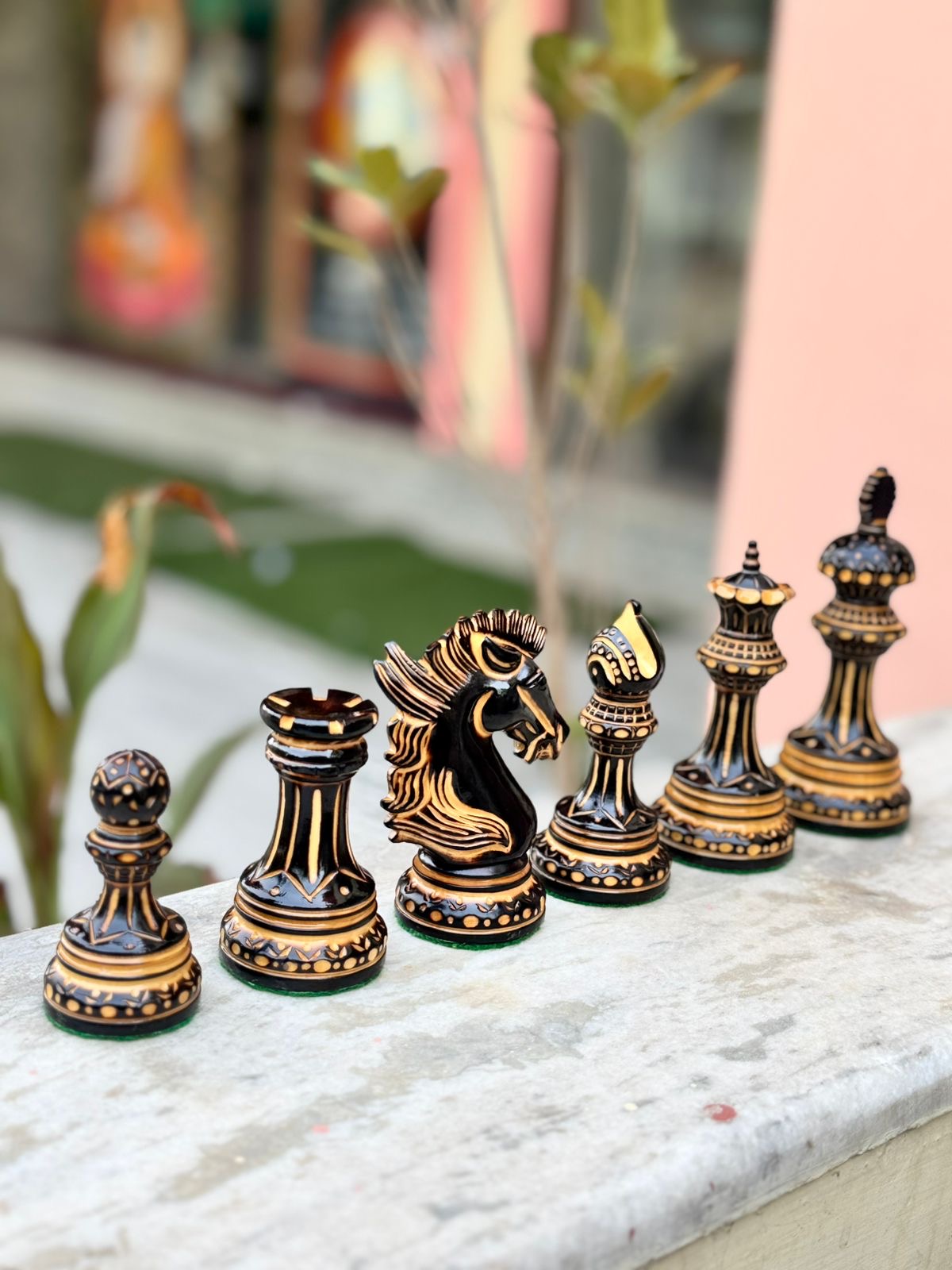

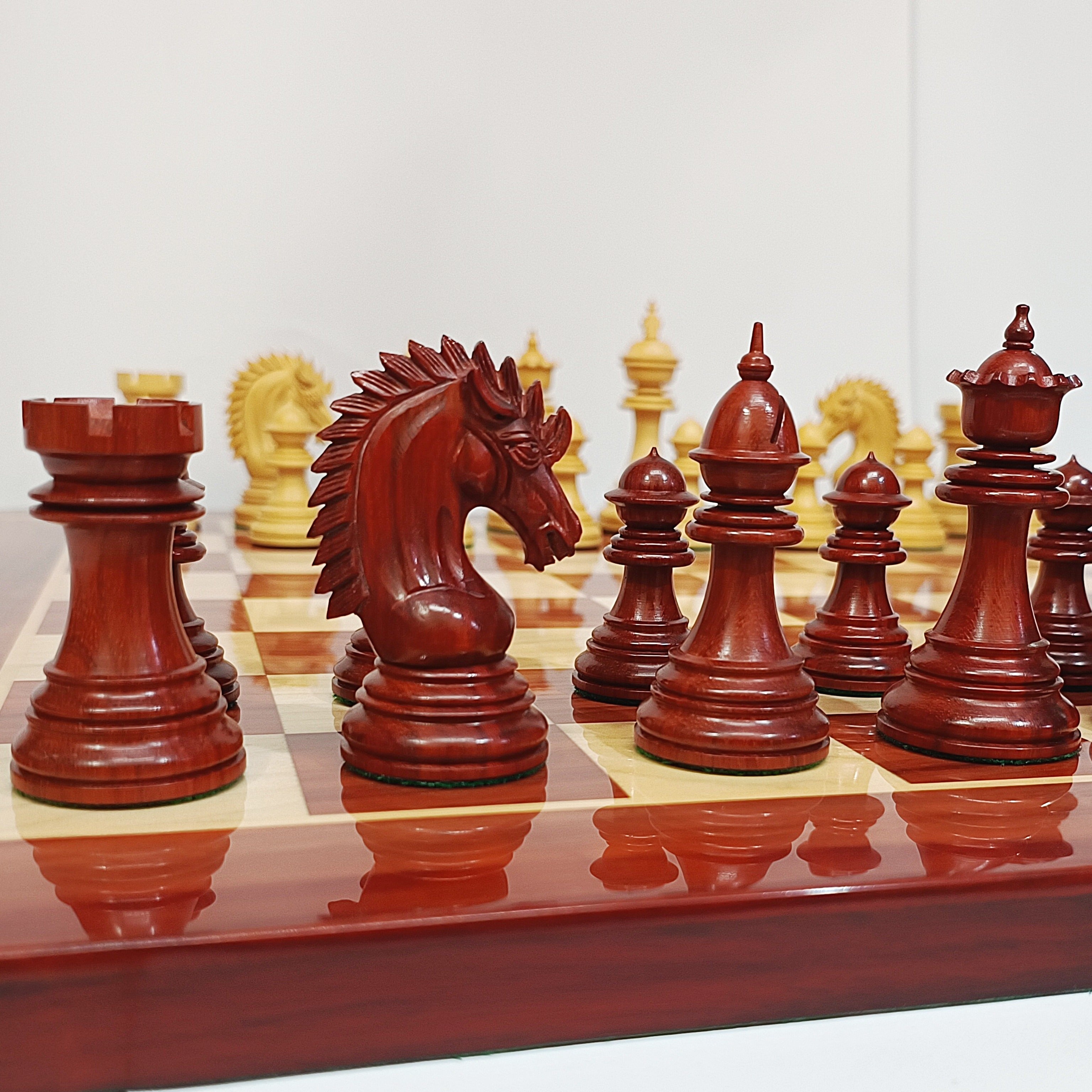
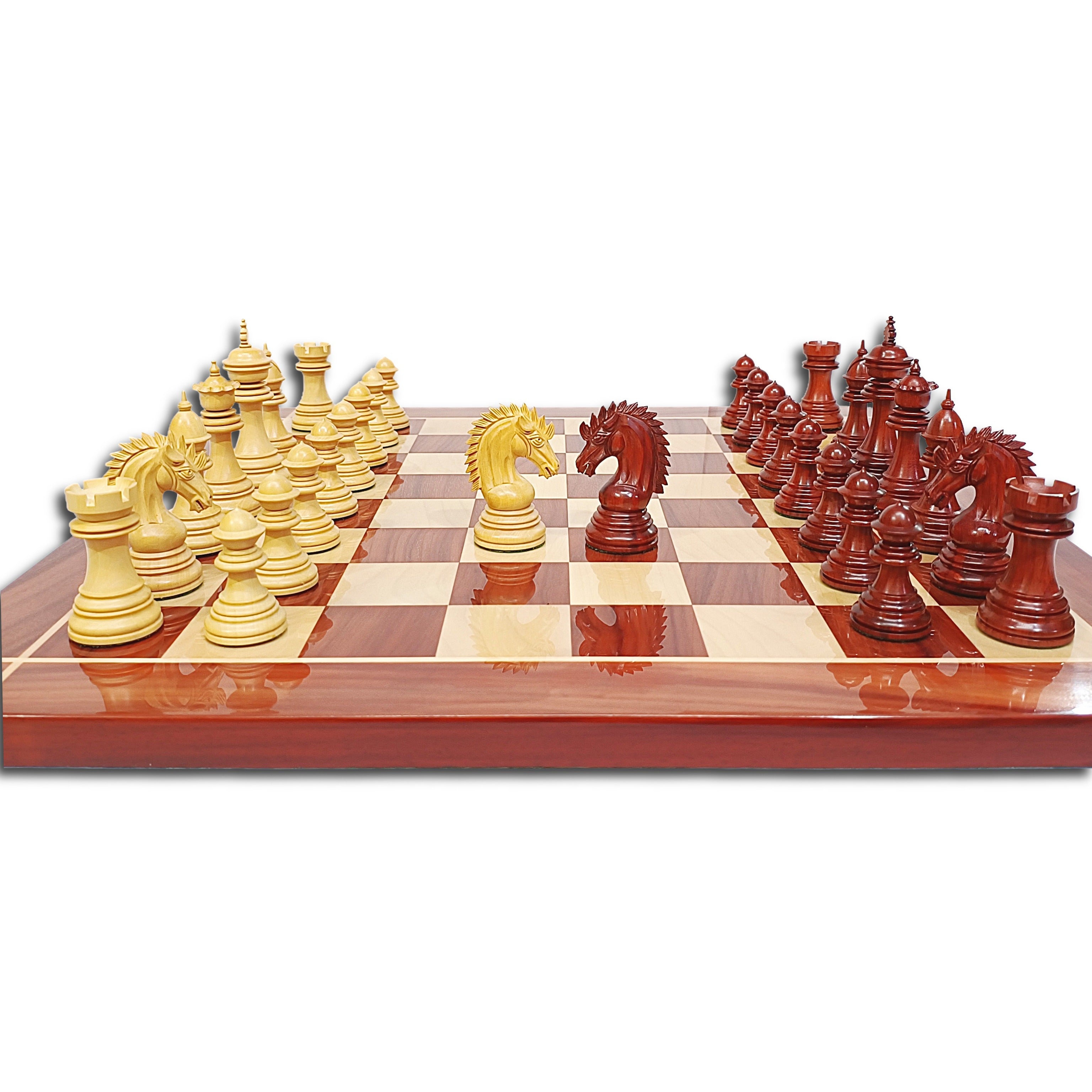

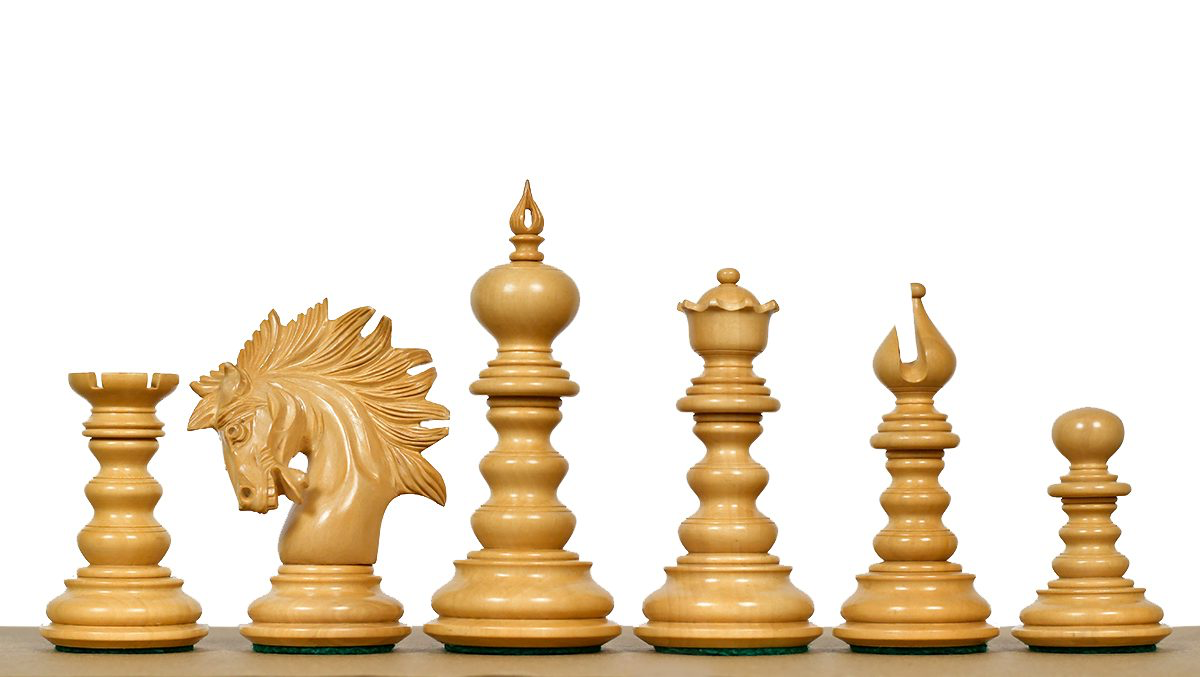
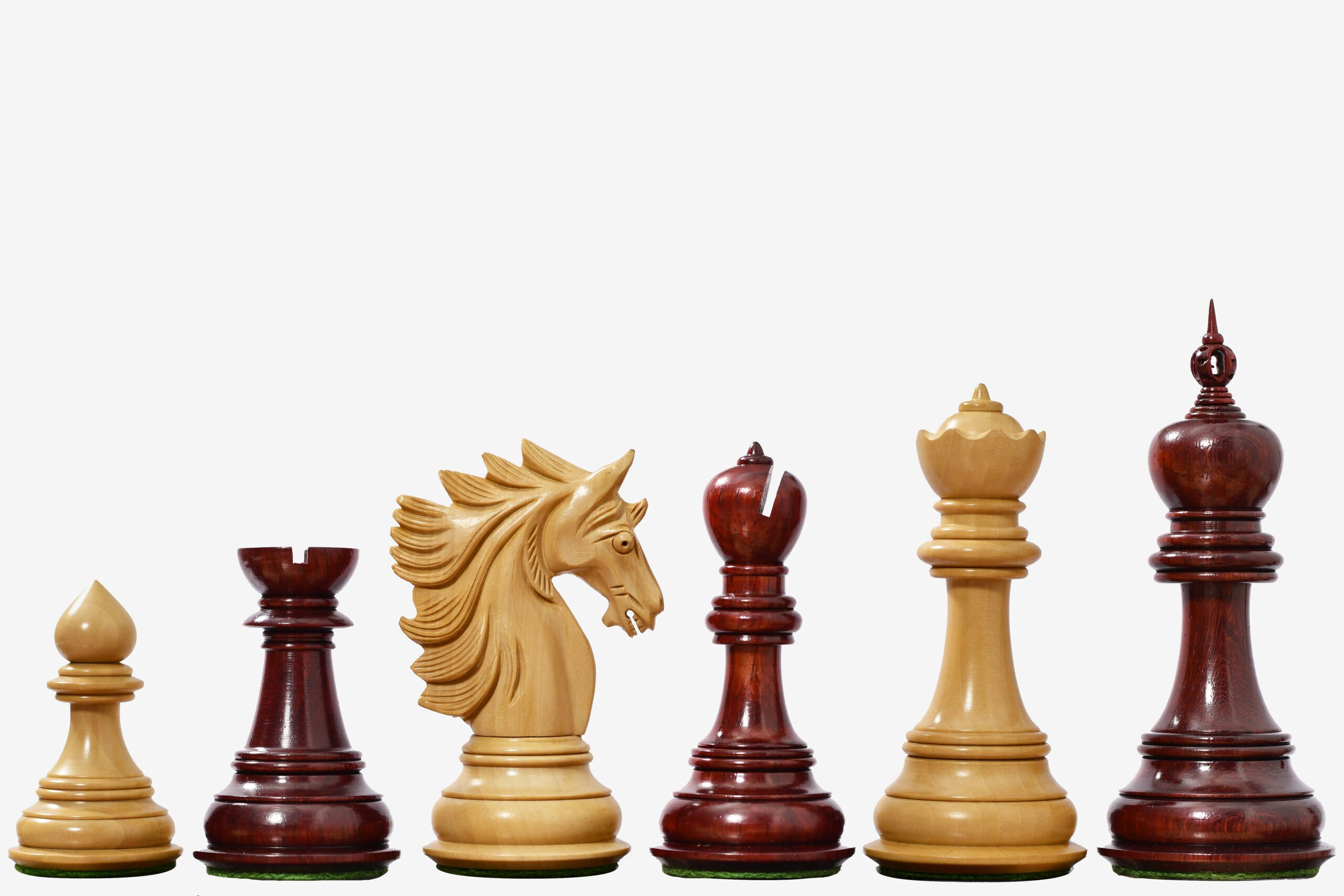
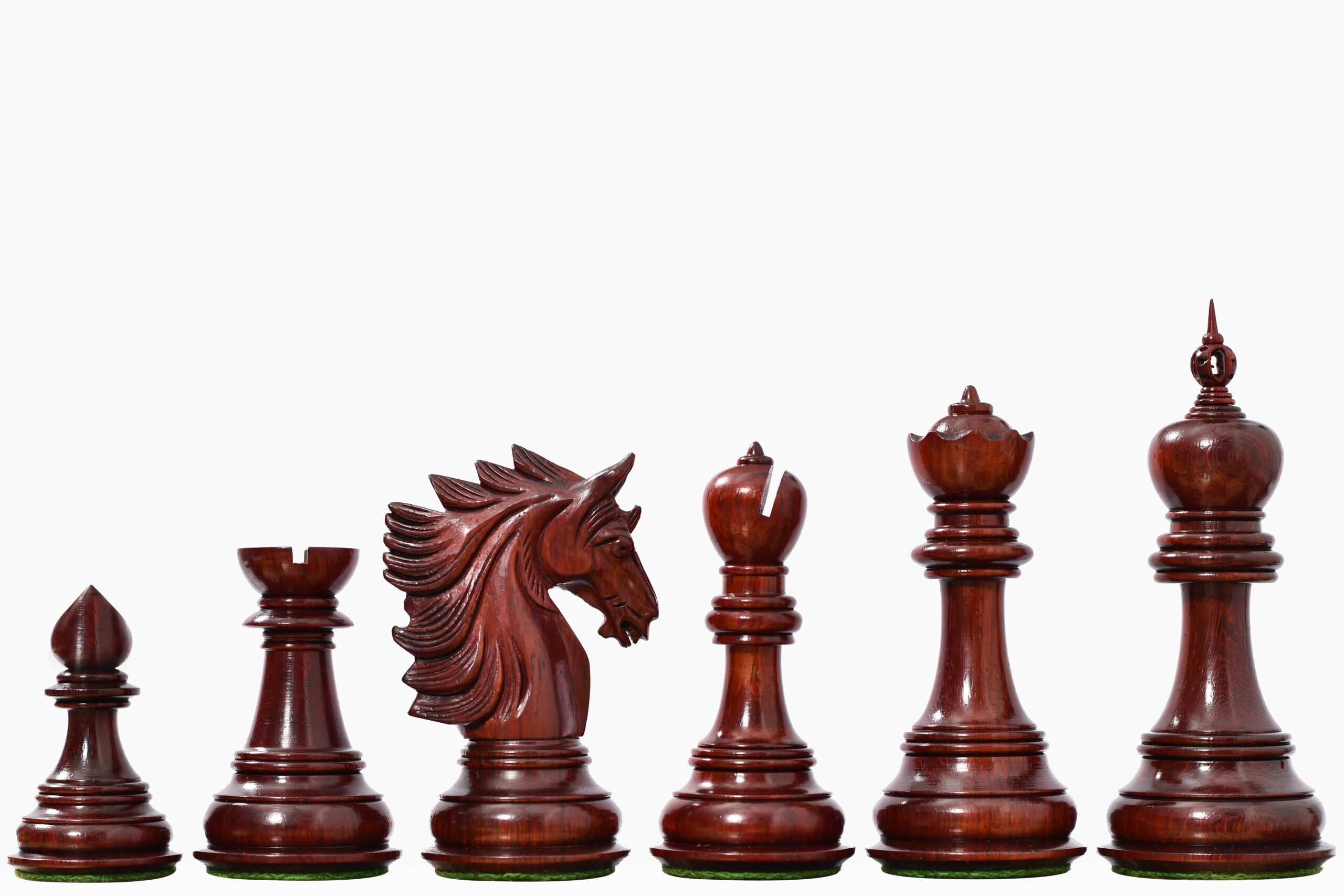
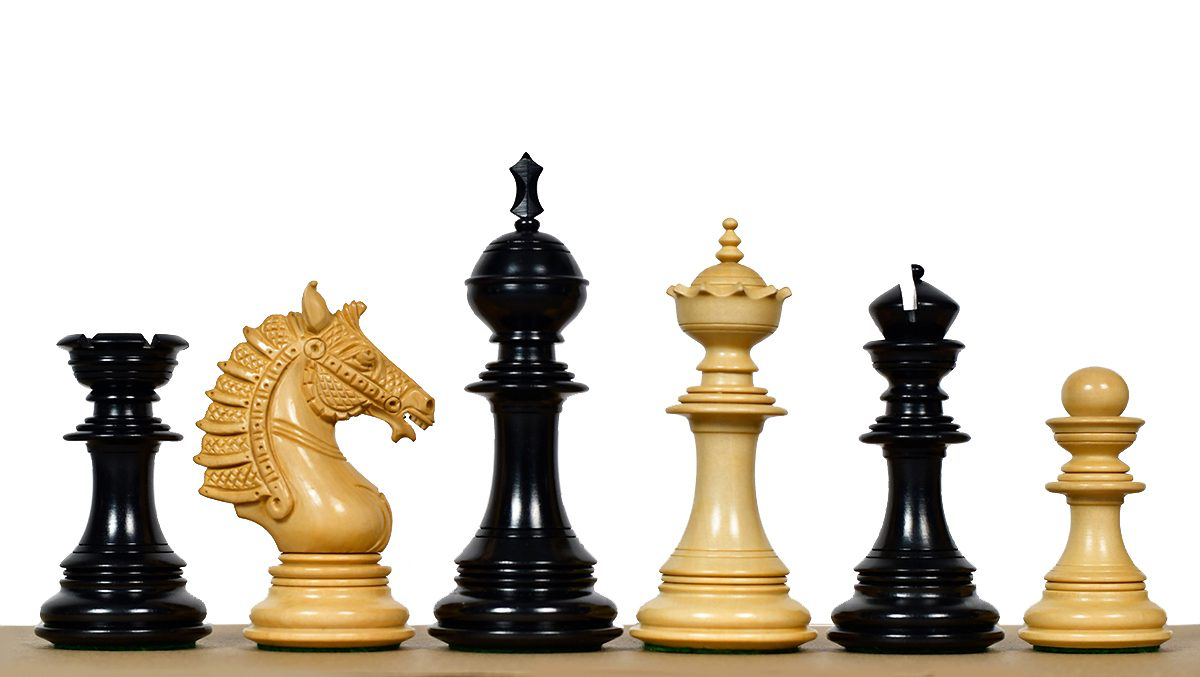
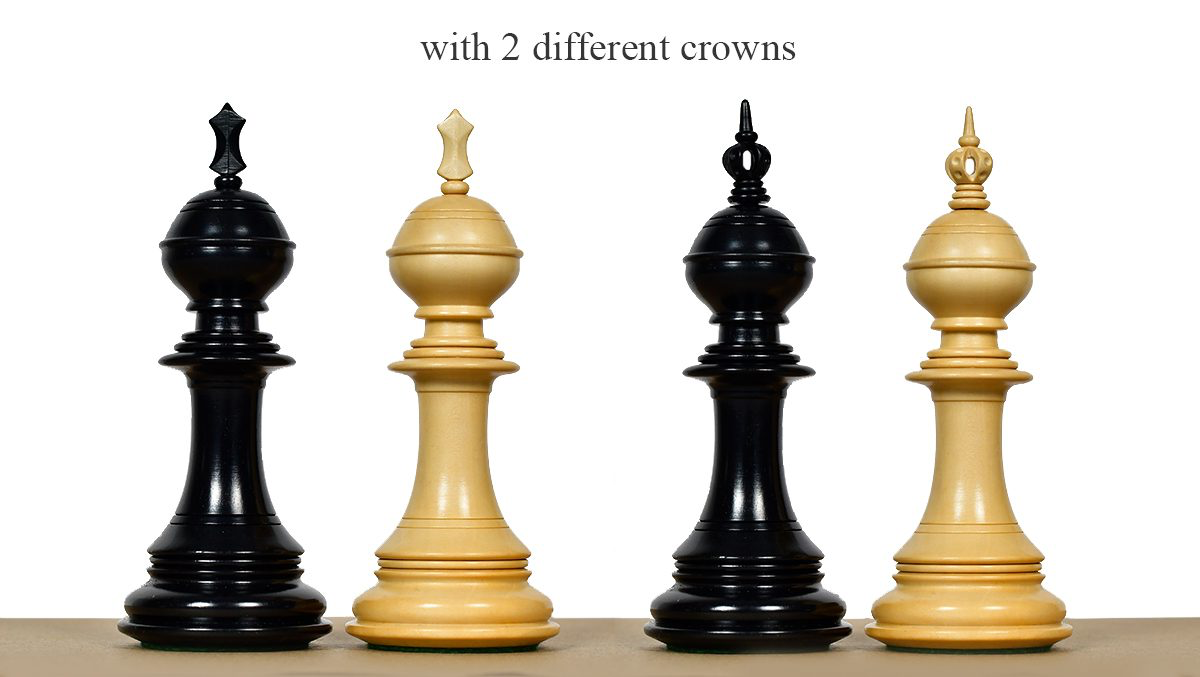
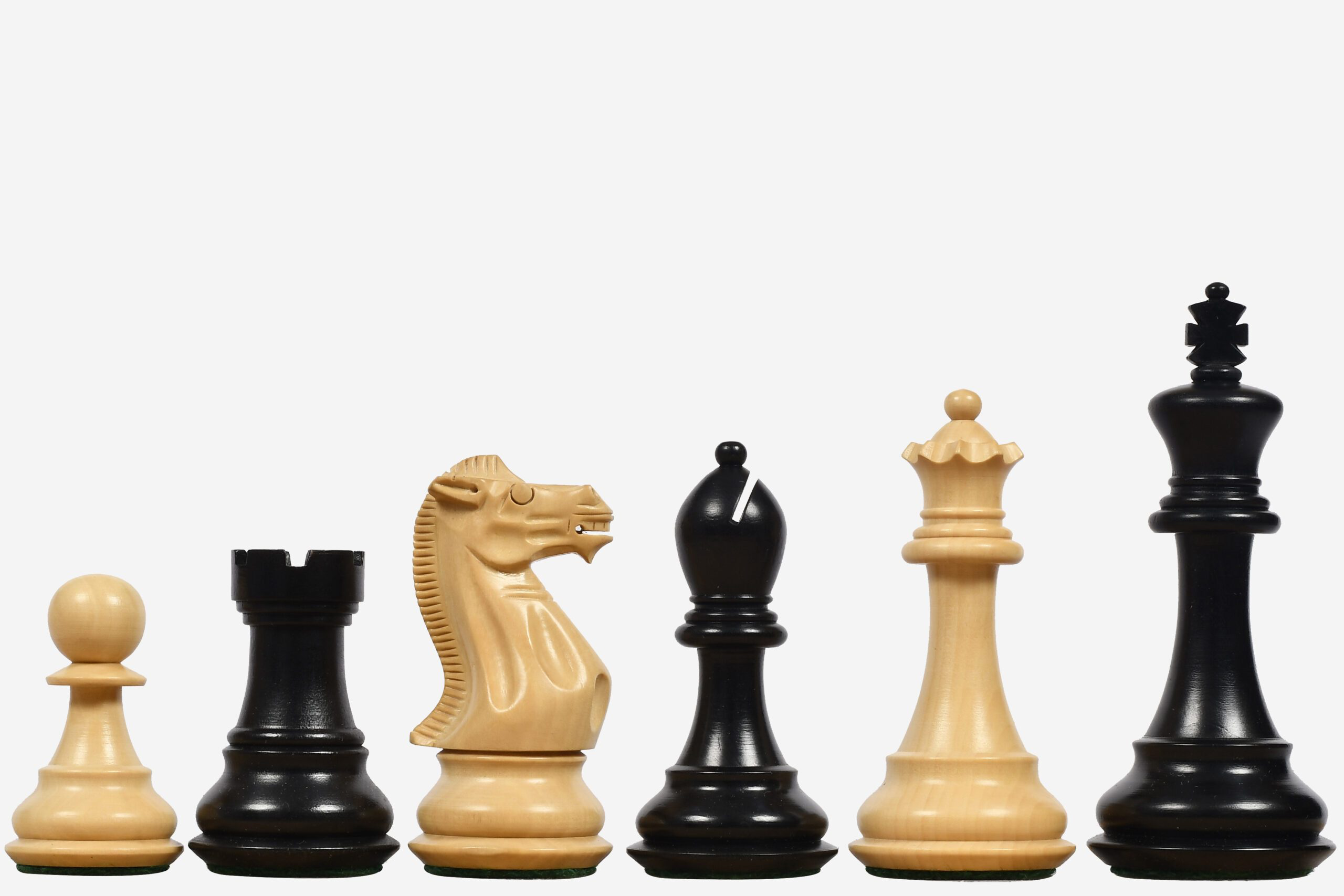
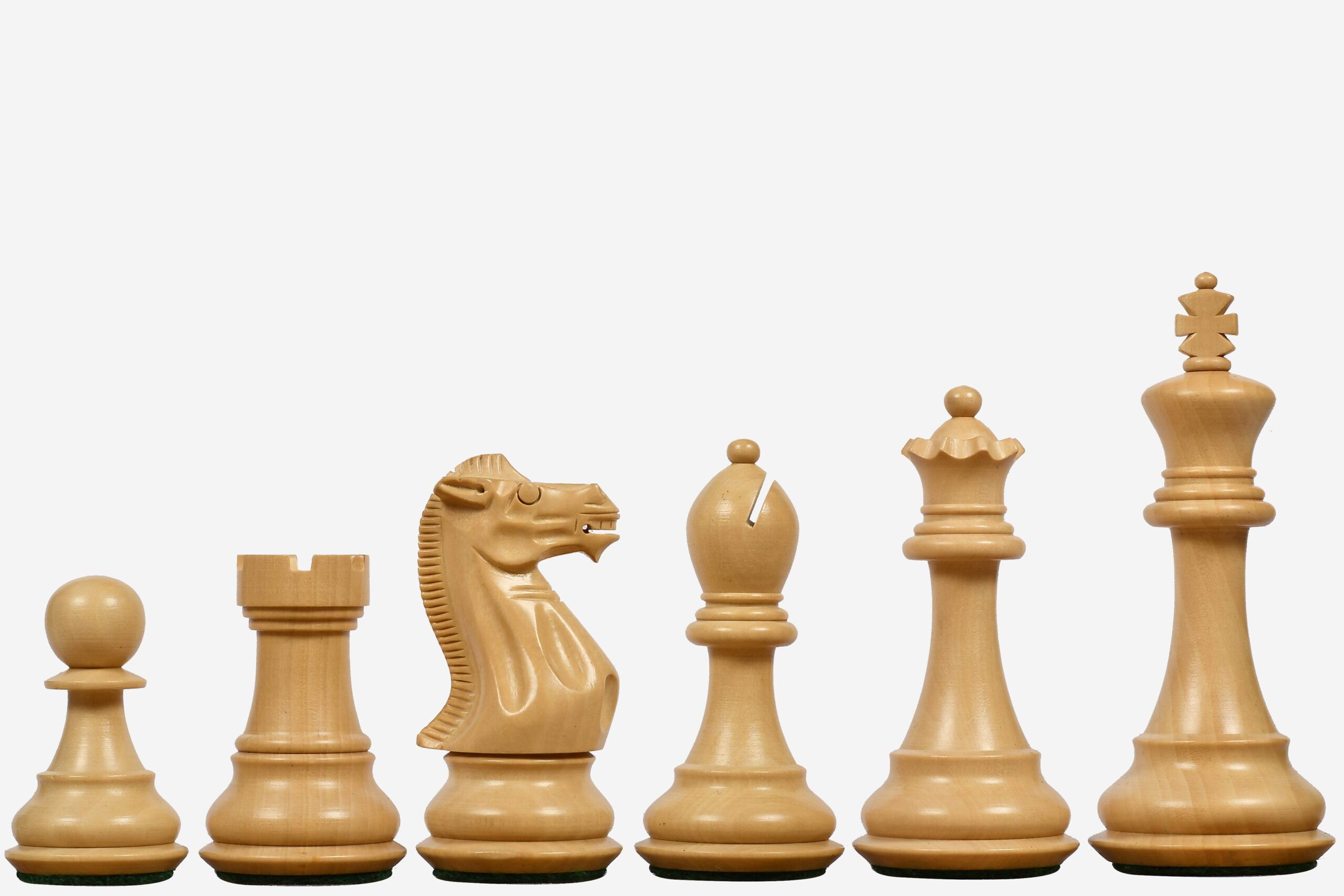
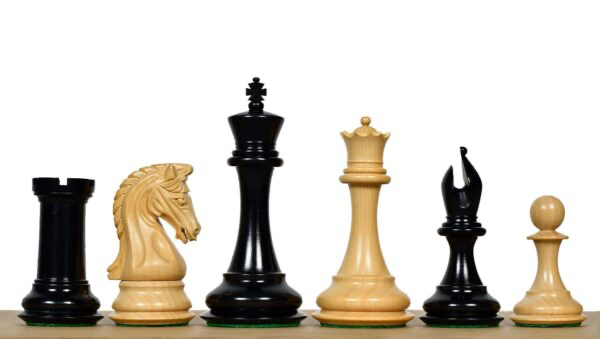
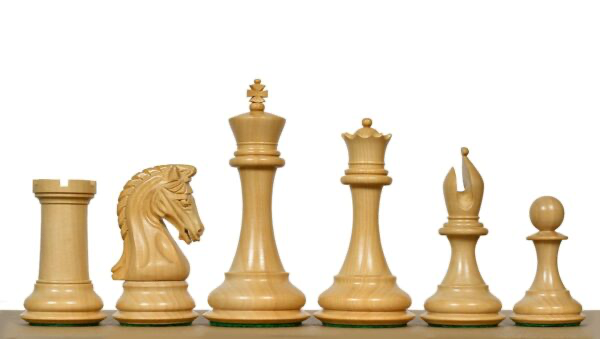
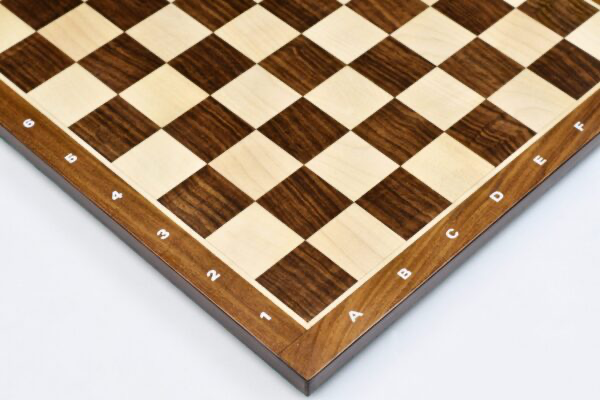
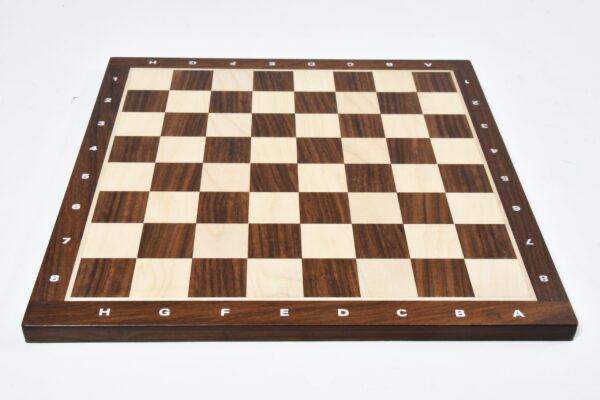
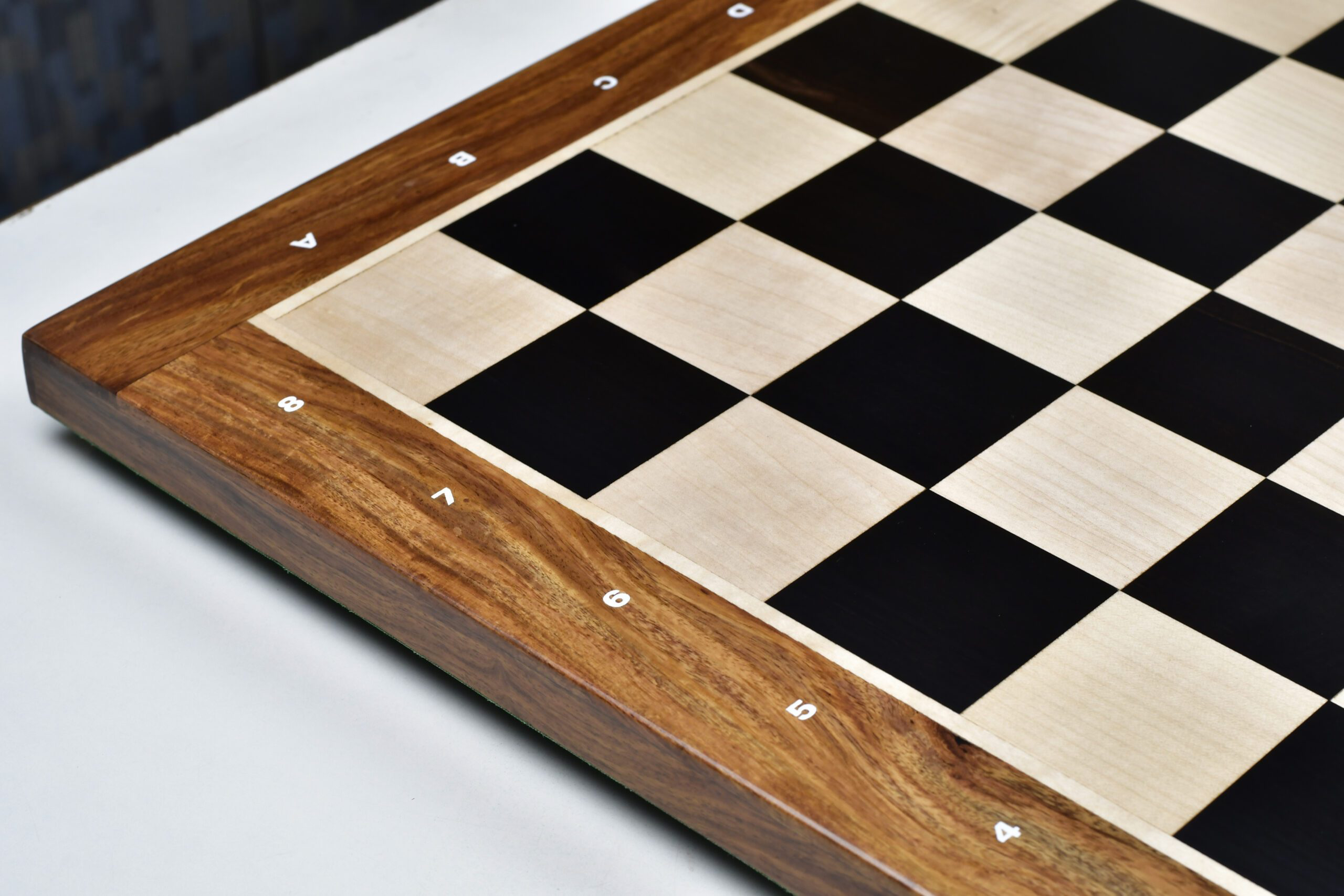
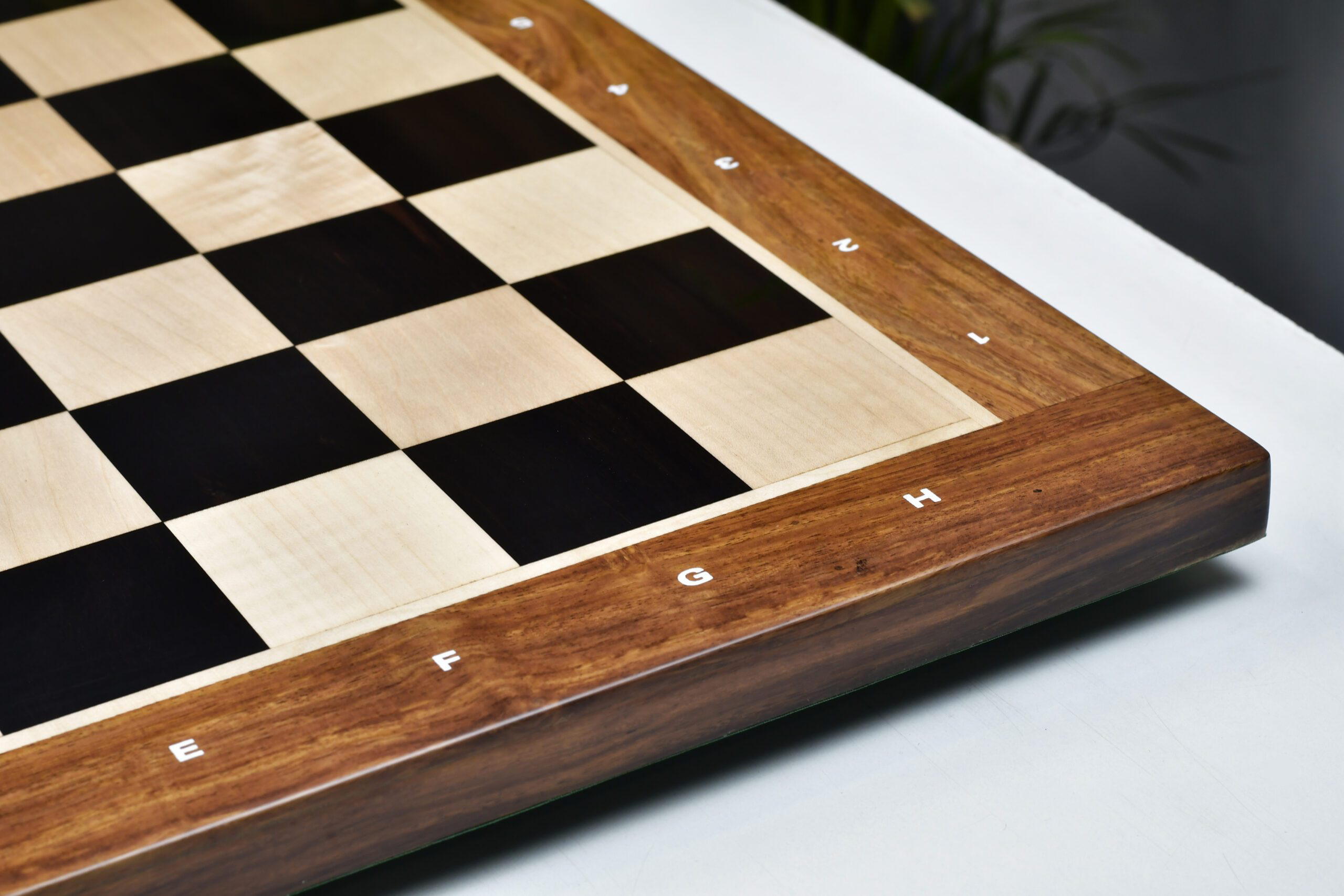


Leave a comment
All comments are moderated before being published.
This site is protected by hCaptcha and the hCaptcha Privacy Policy and Terms of Service apply.